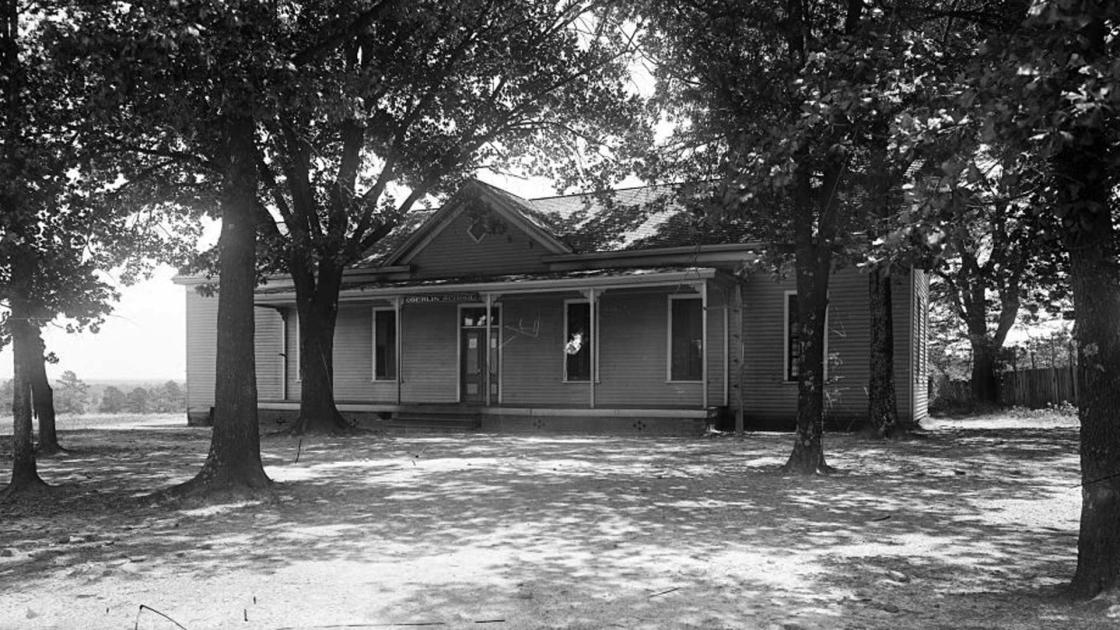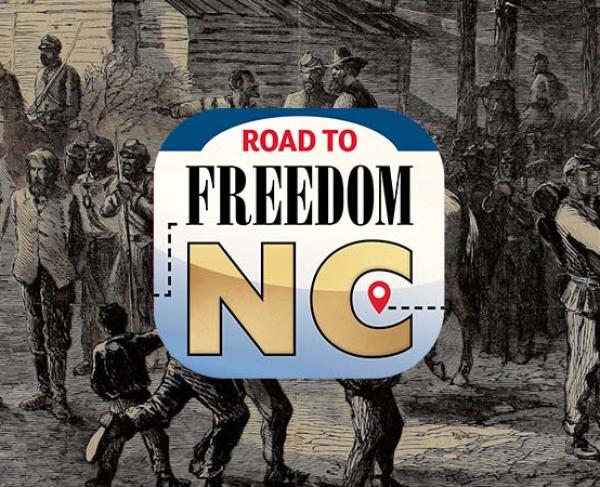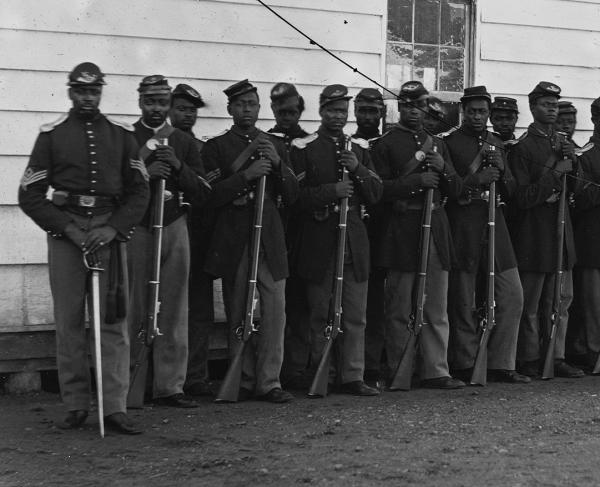Oberlin Village
North Carolina
1012 Oberlin Rd
Raleigh, NC 27605
United States
This heritage site is a part of the American Battlefield Trust's Road to Freedom: North Tour Guide app, which showcases sites integral to the Black experience during the Civil War era. Download the FREE app now.

Rooted in freedom, Oberlin Village grew after the Civil War as a thriving African American community on the outskirts of Raleigh.
In 1858, Jesse Pettiford, a free Black tenant farmer descended from a Revolutionary War veteran, purchased the 16 acres his family lived on along the New Hillsborough Road west of Raleigh. By 1860, his son, a railroad foreman, lived in a separate house on the property. Benjamin Morgan, a free Black stonemason, owned the home across the road. Freedom for these neighbors was insecure before the war. Union victory freed those enslaved around them and ultimately secured their status, and together the free and the freed built a village during Reconstruction.
From 1868 to 1876, North Carolina’s Republican majority encouraged the growth of all-Black settlements. Freedmen drawn to the cluster of free Black neighbors already living along the road purchased land from white landowners and built houses nearby. Some financed their investment through the Raleigh Cooperative Land and Building Association led by Black legislator and developer James Henry Harris.
In the early 1870s, to counter white insults, they began calling the road and their community Oberlin after the integrated Ohio college Harris had attended. Beginning in 1865, Black Methodists established a chapel and school, which by the mid-1870s resided on land donated by Morgan’s brother. Pettiford’s heirs sold an acre of the homestead for the Oberlin Cemetery in 1873 and an adjacent acre for a grade school in 1883. By 1880, Oberlin was a thriving village with around 130 Black and seven white households. The growing village attracted mostly artisans and service workers, many who commuted into Raleigh.
Raleigh annexed the village in 1920. Since then, economic distress, urban renewal, and ongoing redevelopment gradually changed Oberlin’s demographics and its historic landscape.
Visitors can reflect on Oberlin’s Civil War-era roots at the historic Oberlin Cemetery, the Wilson Temple United Methodist Church (where the spiritual descendants of those who built the chapel on this site still worship), and the Oberlin Rising Park — all within a half mile walk.

